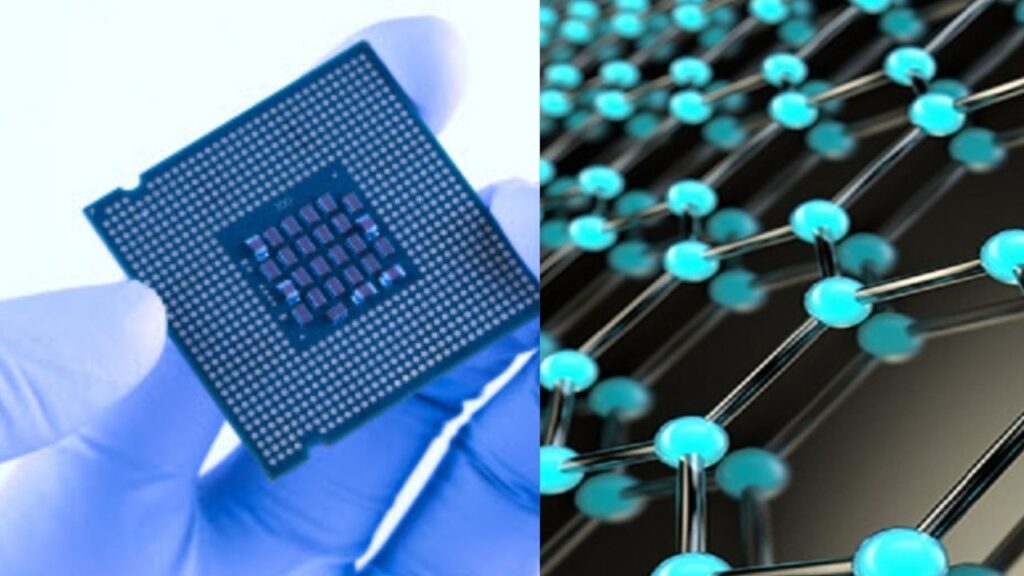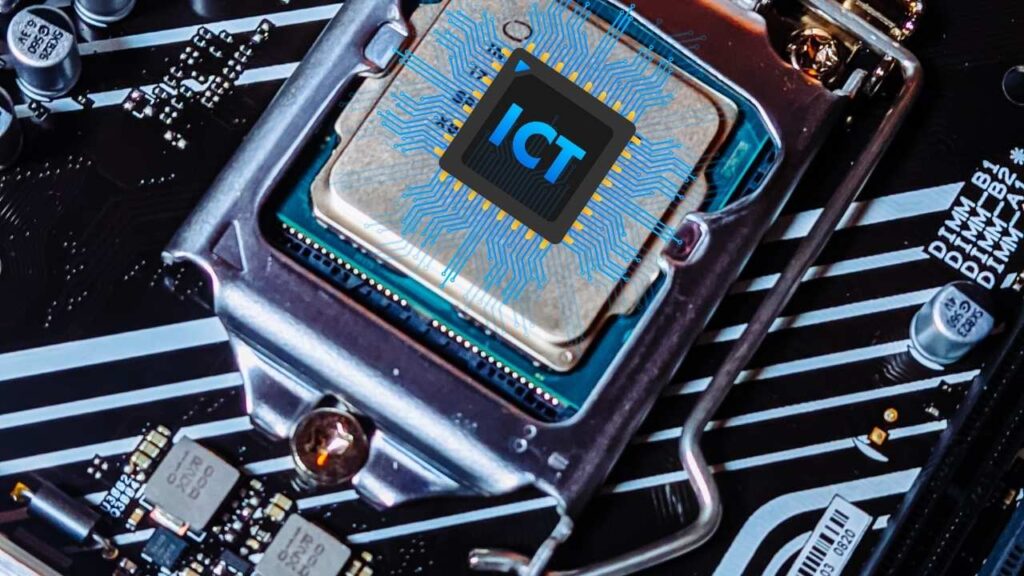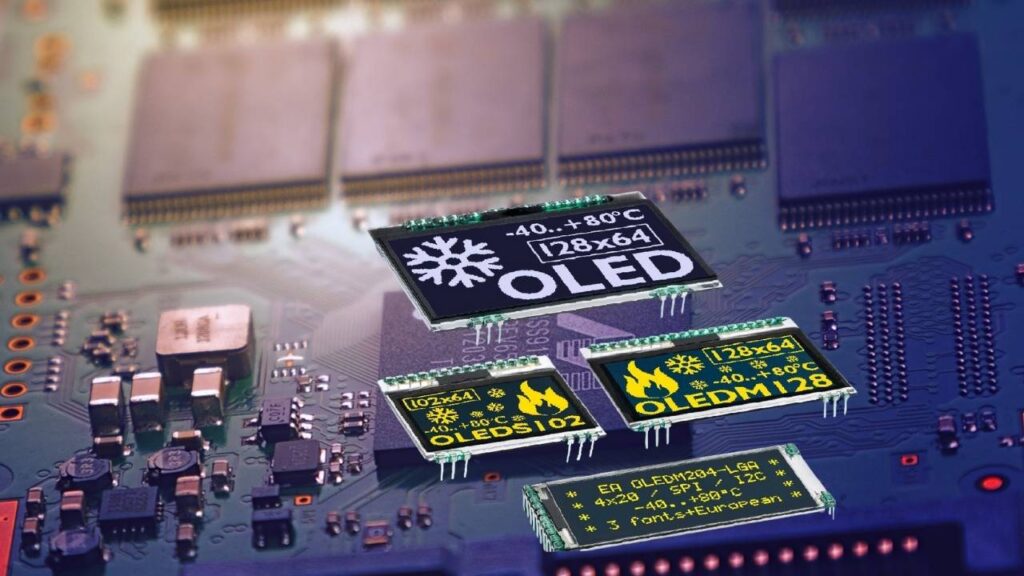From Silicon to Organic Semiconductors: The world of computing is changing fast. From silicon to organic semiconductors, a quiet revolution is reshaping how we build electronics—from smartphones to supercomputers. While silicon has been the backbone of technology for over 60 years, scientists and engineers are now exploring new, flexible, and eco-friendly alternatives that could redefine everything we know about computers.

In this article, we’ll walk you through what organic semiconductors are, why they’re important, and how they could shape the future of computing. Whether you’re a curious student, a tech professional, or just interested in where technology is headed, this guide will make it all easy to understand.
Table of Contents
From Silicon to Organic Semiconductors
| Feature | Details |
|---|---|
| Main Topic | Transition from silicon to organic semiconductors |
| Why It Matters | Organic materials are flexible, low-cost, and eco-friendly |
| Silicon’s Limitation | Rigid, expensive, and energy-intensive to manufacture |
| Applications | OLED displays, wearable tech, sensors, bioelectronics |
| Key Stats | Organic semiconductor market projected to grow at 8.5% CAGR (2024–2032) |
| Professional Insight | Ideal for careers in material science, nanoengineering, and green tech |
| Official Resource | IEEE Future Electronics |
From silicon to organic semiconductors, the shift is not about replacement, but enhancement. We’re entering a new age of electronics—one that’s lighter, greener, and more human-centered. Whether you’re a student, a professional, or simply a curious mind, understanding this transformation helps you stay ahead in the evolving tech landscape.
What Are Organic Semiconductors?
Organic semiconductors are materials made mostly of carbon-based molecules. Unlike silicon, which is mined and processed in large cleanrooms, organic semiconductors can often be printed using methods similar to how we print newspapers or T-shirts.
They’re called “organic” because they’re made of molecules containing carbon—just like life itself. These materials can conduct electricity, though not as efficiently as silicon (yet). But their real power lies in being:
- Lightweight
- Flexible
- Inexpensive to produce
- More environmentally friendly
A simple example? Your OLED smartphone screen is likely powered by organic semiconductors already.
Why Move Beyond Silicon?
Silicon has served us well. It’s stable, fast, and well-understood. But as we push the limits of miniaturization—trying to fit billions of transistors on tiny chips—we hit physical and economic barriers.
Here’s why researchers are looking beyond it:
1. Energy Efficiency

Silicon chips require high temperatures and consume massive energy during manufacturing. Organic semiconductors can often be processed at room temperature.
2. Form Factor Flexibility
Ever seen a flexible screen or a wearable health patch? That’s not possible with traditional silicon. Organic materials allow bendable, stretchable, and ultra-thin electronics.
3. Sustainability
The production of silicon-based chips involves toxic chemicals and significant water use. Organic semiconductors can be more environmentally responsible, with lower carbon footprints.
Real-World Applications You Can Relate To
Organic semiconductors are already changing our lives in subtle but powerful ways.
OLED Displays

Used in Samsung, Apple, and LG devices—offering brighter colors and thinner screens.
Wearable Health Devices

Flexible sensors that monitor your heart rate or hydration—used in sports and medical tech.
Organic Solar Panels
Lighter, portable panels that can be integrated into windows or clothes.
Bioelectronics

Because they can interact safely with biological tissues, organic semiconductors are great for medical implants and brain-machine interfaces.
How Do They Work?
Let’s break this down like a recipe.
1. Material Selection
Scientists design organic molecules or polymers that can carry electric charges (electrons and holes).
2. Fabrication
Instead of carving circuits into silicon wafers, organic chips can be printed, sprayed, or coated onto flexible substrates.
3. Layering and Encapsulation
Multiple thin layers (like sandwiches) are stacked to control performance, protect against moisture, and enhance stability.
4. Integration
These layers are then combined with traditional electronics or batteries for use in real products.
Performance vs. Potential
You may be wondering: “If organic semiconductors are so great, why aren’t they everywhere already?”
Current Limitations:
- Lower charge mobility than silicon
- Shorter lifespan under humidity or heat
- Performance inconsistencies in large-scale manufacturing
But this is changing fast.
Example:
A 2023 study in Nature Materials showed new organic molecules achieving charge mobilities that rival some silicon transistors, especially in flexible devices. (source)
Career and Industry Implications
If you’re in electronics, materials science, or chemical engineering, this field is brimming with opportunity.
In-Demand Skills:
- Organic synthesis
- Flexible circuit design
- Nanofabrication
- Sustainability analysis
Industries to Watch:
- Green tech startups
- Wearable healthcare
- Flexible consumer electronics
- Space and military applications (where weight-saving is critical)
According to Precedence Research, the organic electronics market could exceed $185 billion by 2032, growing at 8.5% CAGR.
Photonics Revolution: How Light-Based Technology is Shaping Our Digital Future
10 Emerging Materials Set to Transform Electronics in the Next Decade
FAQs About From Silicon to Organic Semiconductors
Is this the end of silicon?
Not at all. Silicon will continue to be used in high-performance computing. Organic semiconductors will complement silicon in areas that require flexibility, low cost, and sustainability.
Are organic semiconductors safe?
Yes, most are considered safe and biocompatible, which is why they’re used in medical devices and wearable tech.
Can organic semiconductors be recycled?
Many research groups are working on fully recyclable electronics, including organic components. This is a growing area of “green electronics.”
When will I see this in my daily life?
You probably already have. If your phone has an OLED screen, you’re using organic semiconductors. Expect them to appear more in flexible devices, smart clothing, and bio-integrated tech over the next few years.



















